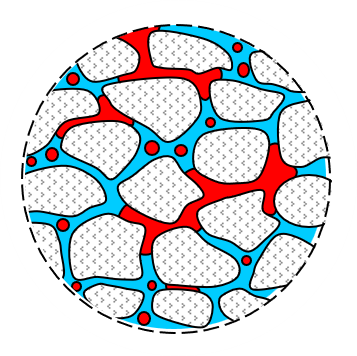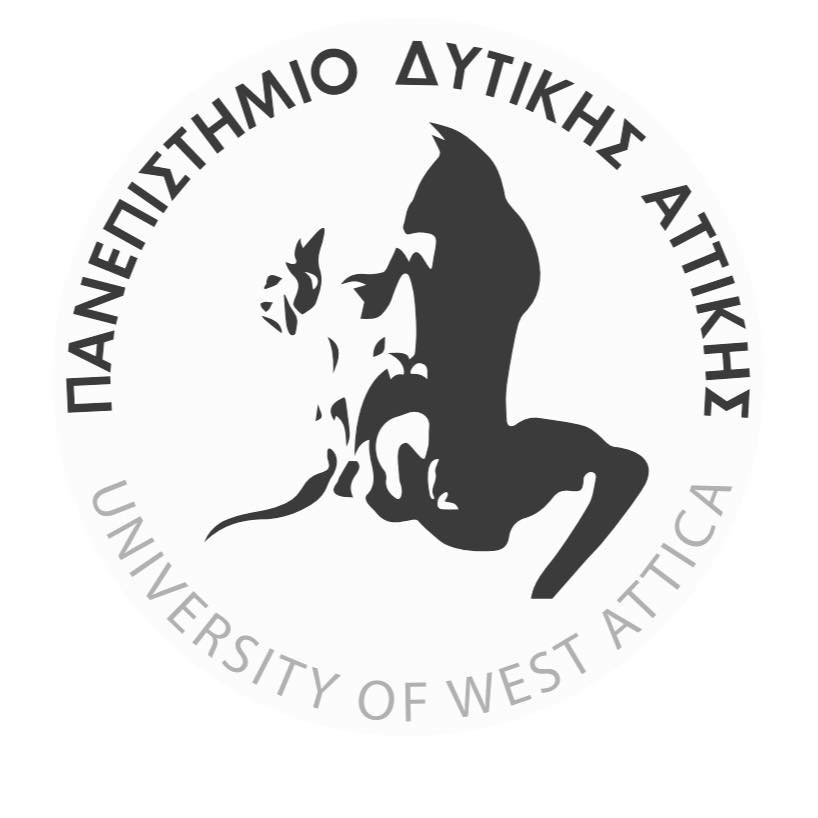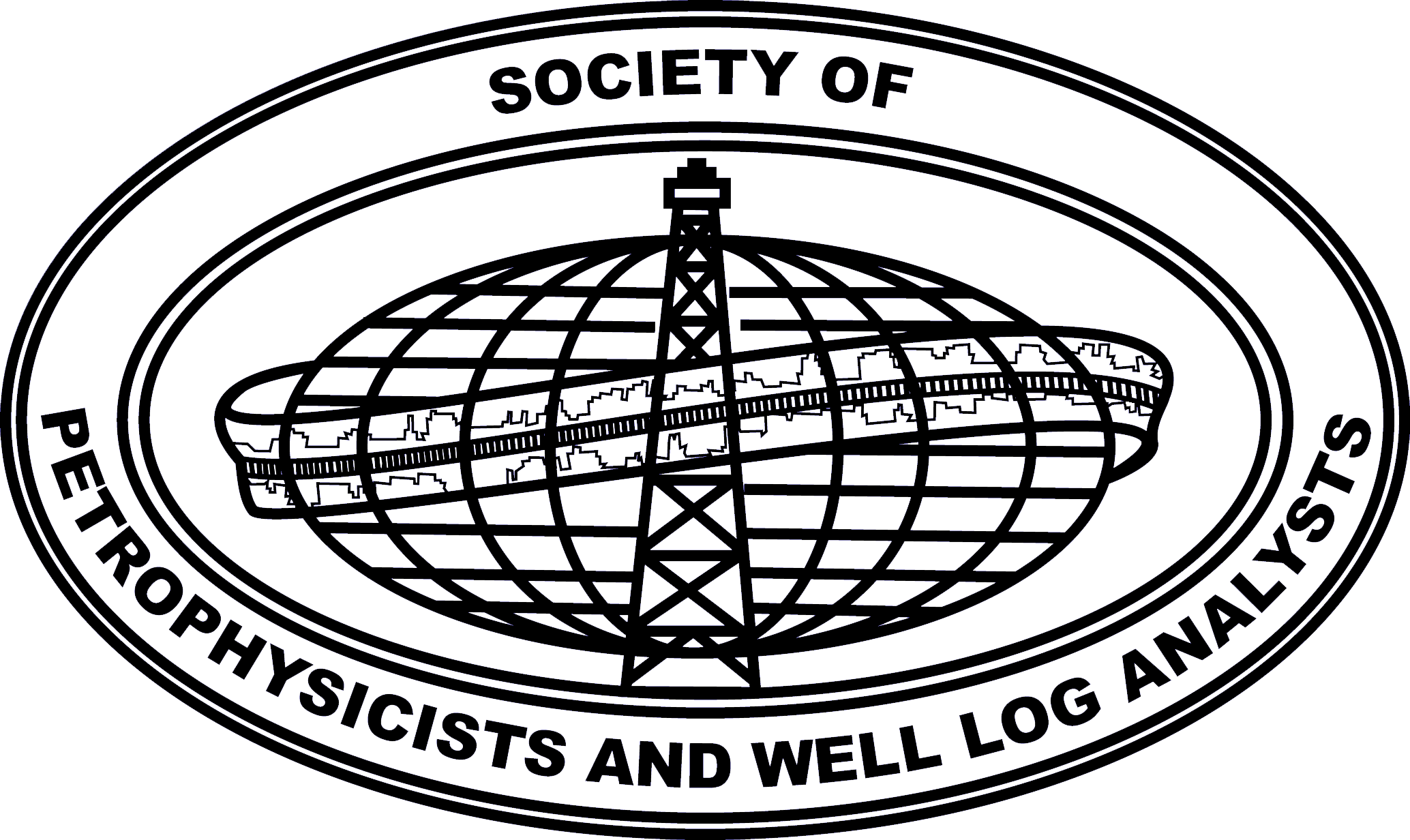 |
|
 |
The ImproDeProF projectTwo-phase flow in porous media:Improvement of the Mechanistic Model DeProF and implementation in practical applications |
Research project seed-funded by the European Union (European Social Fund) and Greek national resources in the frameworks of the “Archimedes III: Funding of Research Groups in TEI of Athens” (MlS 379389), a RTD project of the “Education & Lifelong Learning” Operational Program
Summary
Two-phase flow in porous media (2ph pm) occupies a central position in physically important processes with practical applications in the energy and environmental sector industries.
To date, the characterization and modeling of multiphase flows in p.m. has delivered promising theoretical and experimental results over a hierarchy of scales (pore-to-production). Nevertheless, integration across those scales remains an outstanding problem. Likewise, technological progress has enabled laboratory studies to expose latent flow mechanisms; pore-scale phenomena and critical interstitial physical quantities can now be identified and assessed digitally, computationally, or experimentally. At the same time, pragmatic sustainability issues on energy production/management shifted “recovery increase” trends into “process efficiency optimization” scopes and targets. As a consequence, new challenges emerge within a wide spectrum of technological problems, extending from laboratory scales, e.g. design systematic protocols for regular/special core analysis (R/SCAL) for data collection/interpretation, to industrial scales, e.g. unconventional/ enhanced oil recovery (EOR) /carbon capture & sequestration (CCS), soil & aquifer pollution & remediation or operation of trickle-bed reactors.
Without neglecting the fact that the majority of industrial applications of two-phase flow in macroscopically heterogeneous porous media are based on inherently transient processes, to understand the physics of such processes in a deeper context, we need first to understand the stationary case, steady-state two-phase flow in p.m.
The DeProF model:
- is a hybrid mechanistic-stochastic model for two-phase flow in pore networks;
- it accounts for the pore-scale true mechanisms and the stochastic, network-wide cooperative effects;
- it is based on the concept of decomposition into prototype flows and scaling-up pore level phenomena into the macroscopic flow;
- it is sufficiently simple and efficient for practical research purposes (virtual R/SCAL-type co-injection experiments, free of end-effects).
The scope of the ImproDeProF project is to further develop the DeProF model and to extend and improve the associated tentative theory to reveal the latent physics governing the sought process. The associated flow analysis takes into account:
(1) Disconnected flow - A complete, rigorous, and true-to-mechanism modeling of two-phase flow should incorporate the flow of disconnected non-wetting phase (NWP), a substantial and sometimes prevailing flow pattern. The flow of disconnected NWP is observed in artificial, stochastic, and virtual pore network models, as well as in real p.m. and extends over regimes spanning large and small NWP ganglion dynamics, to NPW droplet flow, to emulsion type flows.
(2) Independent variables – The conventional approach of saturation-dependent relative permeability cannot handle a specific-enough representation of the process phenomenology across the entire spectrum of flow conditions. The set of independent variables is reappraised, considering the inherent, flow rate dependencies of the process.
(3) Inherent degrees of freedom - The process itself is a complex hierarchical system, strongly affected by factors residing at several different length scales and/or occurring over widely different time scales. The correlated and cross-dependent behavior of individual small-scale components (e.g. interactions between the pore-scale geometry of the disconnected NWP and the connected WP) induces a dynamic system behavior at the next scale (e.g. core scale) and so on (e.g. formation scales). Ergodicity is nested within the physics of multiphase flows and is reflected in the incessant reconfiguration of interstitial flow structures even under steady-state flow conditions. Recent simulations suggest that inherent degrees of freedom depend strongly on the extent of the NWP disconnectedness.
The result of implementing the afore mentioned flow analysis aspects, (1)-(3), is to reveal the flow dependency of relative permeabilities in describing two-phase flow in porous mediaa, a concept remaining in latency for decades.
Concise overview of the DeProF theoretical framework for Two-Phase Flow in Porous Media
Below you may find a list of recent publications produced within the framework of the ImproDeProF project, delineating the latest advances, indicative applications, and future challenges in the development of a tentative theory for two-phase flow in porous media, namely the DeProF theory.
For more Information pls contact the Project leaderProf. Marios Valavanidesphone: +30 210 538 -7205 (office) -7208 (lab)
e-mail: marval@uniwa.gr webpage: http://users.uniwa.gr/marval/index_en.html
News (updated Nov. 2024)
Grants! complementary grants awarded to M.S. Valavanides (UNIWA) for short research stays at the Porous Media Lab, Institute of Applied Mechanics (MIB) / Univ. of Stuttgart to deploy an on-going project on revealing the flowrate dependency of relative permeabilities in steady-state two-phase flow in micro-fluidic pore networks, in collaboration with Prof. H. Steeb and his group.
Sponsoring foundations:
 |
||
|
(a) the German Academic Exchange Service (DAAD - 5752335 Research Stays for University Academics and Scientists, 2021) |
(b) the Society of Petrophysicists and Well Log Analysts (SPWLA 2021 Grants & Scholarship recipients) |
(c) the German Academic Exchange Service (DAAD - 57698956 Research Stays for University Academics and Scientists, 2024) |
Formation of HINC the Hellenic InterPore National Chapter --> https://www.interpore.org/wp-content/uploads/2019/09/HINC-kick-off-meeting-and-one-day-conference.pdf https://www.interpore.org/interpore-national-chapter-events/
ImproDeProF Project results (updated Sep. 2024)
Working Papers & Theses
- Papachristou, N., Valavanides, M. (2024) "Relative magnitude of net capillary pressure drop over bulk viscosity pressure drop for NWP blobs driven through periodic capillary tubes." http://users.uniwa.gr/marval/publ/Papachristou_Valavanides_HOU2024.pdf
- Valavanides, M.S., Kamvyssas, G., Zarikos, I. (2019) “Effective permeability of periodically layered sandstones based on homogenization theory”
- Valavanides, M.S. (2018) "Estimation of the number density of configurational microstates in two-phase flows in model porous media", http://users.uniwa.gr/marval/publ/Valavanides_Entropy2018.pdf
Journal Papers
- Karadimitriou, N., Valavanides, M.S., Mouravas, K., Steeb, H. (2023). Flow Dependent Relative Permeability Scaling for Steady-State, Two-Phase Flow in Porous Media: Laboratory Validation on a Microfluidic Network. Petrophysics, 64(5), pp. 656-679. https://doi.org/10.30632/PJV64N5-2023a4
- Valavanides, M.S. (2023). Flowrate Dependency of Steady-State Two-Phase Flows in Pore Networks: Universal, Relative Permeability Scaling Function and System Characteristic Invariants. Transp. in Porous Media, 150, 521-557. https://doi.org/10.1007/s11242-023-02012-5
- Valavanides, M.S. (2018). Review of steady-state two-phase flow in porous media: independent variables, universal energy efficiency map, critical flow conditions, effective characterization of flow and pore network. Transp. in Porous Media, 123(1), 42-99. https://doi.org/10.1007/S11242-018-1026-1
- Valavanides, M.S. (2018). Oil fragmentation, interfacial surface transport and flow structure maps for two-phase flow in model pore networks. Predictions based on extensive, DeProF model simulations. Oil & Gas Science and Technology - Rev. IFP Energies nouvelles, 73(6), 1-36. https://doi.org/10.2516/ogst/2017033 also http://users.uniwa.gr/marval/publ/Valavanides_OGST_73_2018.pdf
- Kamvyssas, G., Valavanides, M.S. (2017). Analytical Solution of the Saturated Flow Problem in 7-Spot, 2D Geometries. Fresenius Environmental Bulletin, 26(9), 5523-5528. http://users.uniwa.gr/marval/publ/Kamvyssas_Valavanides_FEB_26_2017.pdf
- Valavanides, M.S., Daras, T. (2016). Definition and Counting of Configurational Microstates in Steady-State Two-Phase Flows in Pore Networks. Entropy, 18 (054), 1-28. http://www.mdpi.com/1099-4300/18/2/54, http://dx.doi.org/10.3390/e18020054
- Valavanides, M.S., Totaj, E., Tsokopoulos, M. (2016). Energy Efficiency Characteristics in Steady-State Relative Permeability Diagrams of Two-Phase Flow in Porous Media. Journal of Petroleum Science and Engineering, 147, 181-201. http://dx.doi.org/10.1016/j.petrol.2016.04.039
- Tsakiroglou, C.D., Aggelopoulos, C.A., Terzi, K., Avraam, D.G., Valavanides, M.S. (2015). Steady-state two-phase relative permeability functions of porous media: A revisit. International Journal of Multiphase Flow, 73 34–42. http://dx.doi.org/10.1016/j.ijmultiphaseflow.2015.03.001
- Valavanides, M.S., Skouras, E.D. (2014). Rational solitary well spacing in soil remediation processes. Fresenius Environmental Bulletin, 23(11), 2847-2851. http://users.uniwa.gr/marval/publ/Valavanides_Skouras_FEB_23_11_2014.pdf
- Valavanides, M.S. (2014). Portfolios as off-equilibrium processes: similarities and affinities. Procedia - Social and Behavioral Sciences, 119, 539-548. http://dx.doi.org /10.1016/j.sbspro.2014.03.060
- Valavanides, M.S. (2012). Steady-State Two-Phase Flow in Porous Media: Review of Progress in the Development of the DeProF Theory Bridging Pore- to Statistical Thermodynamics- Scales. Oil & Gas Science and Technology, 67(5), 787-804. http://dx.doi.org/10.2516/ogst/2012056 also http://users.uniwa.gr/marval/publ/Valavanides_OGST_67_2012.pdf
Conference Proceedings
